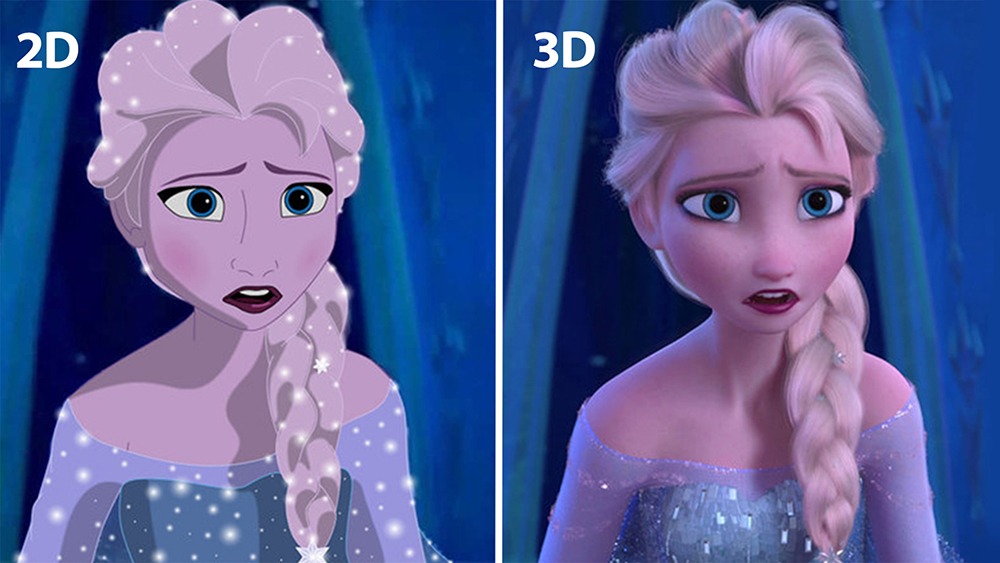Storytelling is an art that has been a cornerstone of human communication for thousands of years. In the digital years, it has been changed into 2nd animation which is taken into consideration as one of the maximum appealing methods. Going all the way out from marketing, education, entertainment or just to express yourself, 2D animation breathes life into stories harmonically with eye-popping visuals. How to Use 2D Animation to Boost Your Storytelling
1. Start with a Strong Narrative
At the core of every excellent animated film is a rich narrative. But it is an excellent idea to prepare and lay out a good storyline that follows some kind of structure with a clear-cut beginning, middle, and end before jumping into the whole animation process. So your story should contain the following:
- Characters: Give us characters we can believe in. Here is where characters, the core of the story in 2D animation reside. Each of those characters should have a personality, motivations, and obstacles of their own that create the story.
- Summary: Describe the plot, including milestone moments that will drive the narrative forward. Having a plot with order is also essential to keep the audience engaged and excited.
2. Design Engaging Characters
Characters make the heart of your animated story. Character design is instrumental in two-dimensional animation, where it has a great bearing on the way the audience views and relates to the story. We’ve created a few tips on how to do it — at least when it comes to engaging characters.
- Expressive Animation: Leverage 2D animation to incorporate expressive character movements. Emotion is conveyed through expressions, k-i-n-e-t-i-c-s, and gesticulation which makes the character seem real.
- Relatable: Create characters with relatable traits, flaws, and personalities. Viewers are more emotionally connected to a story when they see themselves in your character.
3. Build Your Active Visual Style
In a 2D animation, the visuals act as an introduction to the mood and environment of your story. It can be extremely stylized and graphical simplistic or incredibly detailed photo-realistic of something in between depending on the story it’s trying to convey, the style desired, and the target demographic. The following are the elements to take into consideration when defining a visual style:
- Paletté: Select colors carefully depending on the emotion you want to trigger/increase the desired impact in your storytelling. Hot colors, like reds and yellows, are exciting; cold colors, like blues and greens are calming and even suggest sadness.
- The Backgrounds and the Settings- The environment, in which the story is set plays a crucial role in engaging the audience. Extended narratives, worlds, and universes to feed off of give stories additional value with setting and context.
- Animation Style — Select an animational style according to the narrative. Whether it be the essence of storytelling you want to focus on or some creative work in traditional hand-drawn animation, cutout animation, or simply reviving the classic frame-by-frame animation method digitally, each style can add its touch to be able to effectively communicate your message.
4. Smooth with a Side of Timing
- 2D Animation: Movement and Timing are everything in bringing that story to life. Fluid animations make the viewer interaction more comfortable and efficient in expressing emotions. How to Better Animate Your Storytelling
- Timing & Spacing: Utilize timing and spacing to make scenes move naturally and gesturally. Grace, delicacy, and emotion are best expressed through slow movements; on the other hand, excitement or urgency can be accentuated with fast body movements.
5. Craft a Powerful Ending
An appropriate ending is a must if you want the audience to remember your plays. Whether it be a twist, a moral, or an arbitrary cliffhanger, the conclusion matches the tone with which the tale has been told from beginning to end. Think of the feeling you want your viewers to leave with and make it all align with the theme of your story or message.
6. Preview and Adjust the Timing of Your Animation
Testing and perfecting your 3D animation testing and finally, before finishing with your 2D animation – you have to test and improve it so that some audience is catching on. Share a draft with a small group of co-workers and see how they react. See if they get the context related to the characters and respond to the story arc. Take this feedback on board and make changes — be it refining the animation, tightening up the pacing, or just leveling up your sound design.
Conclusion
2D animation is a magical universe of wonderful storytelling it has limitless possibilities for the more creative mind. Great stories come out of strong narratives, engaging characters, a good visual representation, and great animations that have impactful outlets. Use the right mix of visual storytelling techniques, sound, and emotion to animate your stories into a delightful and unforgettable memory with 2D Animations.



